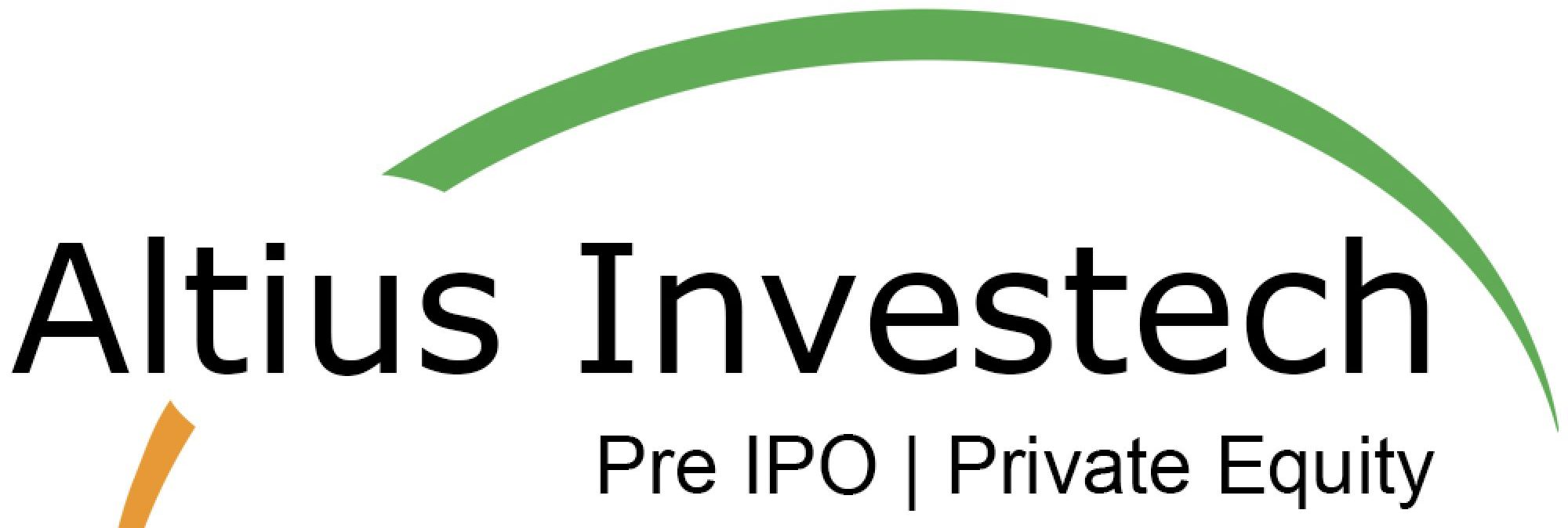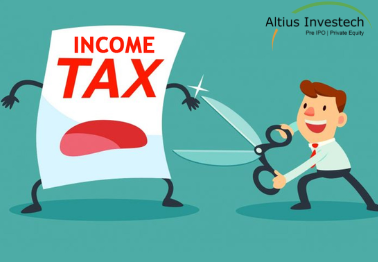Top 10 Tax Saving Instruments in India are:
| Tax Saving Instruments | Tax Benefits Under Section | Total Tax Deduction |
| Life Insurance | Section 80C (Premium) & Section 10(D) (Death/Maturity) | Up to Rs. 150000 |
| Health Insurance | Section 80D | Up to Rs. 55,000 |
| ULIPs | 80CCC | Up to Rs. 150000 |
| New Pension Scheme (NPS) | Section 80CCE/ section 80CCD (1B) | Up to Rs. 150000Additional Rs. 50,000 |
| Equity-linked Tax Saving Scheme (ELSS) | Section 80C | Up to Rs. 150000 |
| Public Provident Fund (PPF) | Section 80C | Up to Rs. 150000 |
| National Saving Certificates (NSC) | Section 80C | Up to Rs. 150000 |
| Infrastructure Bonds | Section 80CCF | Up to Rs.20000 |
| Sukanya Samridhi Yojana | Section 80C | Up to Rs. 150000 |
| Fixed Deposit | Section 80C | Up to Rs. 150000 |
Let us now learn more about these tax-saving instruments and their returns.
1. Life Insurance Plan
Every income-tax payer should carry a life insurance policy, not only for tax purposes, but also to secure his or her family’s future in his or her absence. According to the 2019 budget, a life insurance policy can provide a tax benefit of up to Rs. 1.5 lakh under section 80C of the Income Tax Act. Furthermore, if the insured dies, the lump sum paid to the recipient as the death benefit is not taxable under section 10. (10D).
2. Health Insurance Plan
Aside from the tax benefit under Section 80C, you can also experiment with other tax-saving tools such as health insurance. It does not provide high returns, but you can deduct the premium paid under section 80D. Tax deductions would be available for health insurance premiums up to Rs. 25,000. The ceiling for older folks has been raised from Rs. 20,000 to Rs. 30,000. If you buy a health insurance plan for yourself and your parents, you can deduct up to Rs 35,000 off your taxes. The lump payment received in the event of disability (as provided for under the personal accident rider) is not taxable.
- Maximum tax benefits
- Low investment cost
- Minimal danger
- Significant profits
3. ULIPs (Unit Linked Insurance Plans)
If you are searching for a long-term investment, ULIPs are a wonderful tax-saving option. It provides protection for your investment. Your premium is invested in the debt and equities markets, which provides you with tax-free earnings. Only if you invest for 10-12 years can you anticipate good returns from a ULIP. A ULIP is a tax-advantaged investment vehicle that enables you to swap between equity and debt.
4. New Pension Plan (NPS)
If you are concerned about your retirement and want a plan with tax advantages, then NPS is the finest tax saving device. NPS is well-known for its investor-friendly characteristics, low-cost structure, and adaptability. You can invest a minimum of Rs.6000 in instalments of at least Rs.500 or in one single sum. As the investor, you get to choose how to invest your money in gilts, corporate bonds, and equity.
5. Equity-linked Tax Saving Scheme (ELSS)
Because of its three-year lock-in period, it is one of the best tax-saving devices for consumers looking to invest in short-term plans. Furthermore, with the flexibility of investing as little as Rs. 500, this equity fund generates good long-term returns. You are not required to continue investing after the lock-in period, as with a pension plan, insurance plan, or ULIP. Investing your money over time is preferable to investing a large chunk of money all at once.
6. Public Provident Fund (PPF)
PPF is one of the most popular choices for tax breaks under Section 80C. This long-term savings plan features a 15-year lock-in period that can be extended in 5-year increments. The annual investment limit has been raised from Rs 1 lakh to Rs 1.5 lakh under the new Budget. A PPF account can be opened at any bank or post office. You can invest between Rs. 500 and Rs. 1.5 lakh (maximum) in instalments or as a lump investment. For persons who are not covered by EPF, are self-employed professionals, or are risk-averse investors, PPF is one of the best tax-saving instruments.
7. National Saving Certificates (NSC)
NSC is a fixed deposit service offered by the Post Office. The only difference between a National Saving Certificate and a Bank Fixed Deposit is that the former provides a lower return. However, because it is supplied by the Government of India, you may rest assured that your money is completely secure in this scheme. With this arrangement, you can easily benefit from tax savings under Section 80 C of the Income Tax Act. NSC, on the other hand, is a tax-saving instrument with a lock-in period ranging from 5 to 10 years. As your interest accrues each year in this programme, the longer you invest with NSC, the more eligible you become to claim any additional tax deductions. This strategy, however, does not allow for early withdrawal.
8. Infrastructure Bonds
Infrastructure bonds are a fantastic option if you are in the fixed income category and seeking for risk-free tax saving instruments. Infrastructure bonds are issued by infrastructure corporations that have been authorised by the Government of India. These bonds will provide you with a low interest rate as well as certain tax benefits. An investment of up to Rs. 20,000 in these bonds is eligible for an income tax deduction (under Section 80C of the IT Act). These bonds are available to any minor who is an Indian resident and HUF (Hindu Undivided Families). There is, however, a restriction of one application per individual. Infrastructure corporations that issue infrastructure bonds include LIC and L&T Infrastructure, to mention a few.
Plan your savings not simply for tax breaks, but also for a more prosperous and financially secure future.
9. Sukanya Samridhi Yojana:
Sukanya Samriddhi Yojana is one of the most effective tax-saving tools available to parents who desire to save for their daughter. The programme can be formed in the form of a savings account in the name of the girl child at designated public and private banks or post offices. The scheme is open to girls under the age of ten, with a minimum investment of Rs. 1000.
The government announces the interest rate every quarter, exactly like other post office schemes, and the rate for Jan-Mar’20 (Q4, FY 2019-20) was 8.4 percent. The interest rate is larger than that of a PPF, and it is also tax-free under the current tax structure, with a ceiling of Rs. 1.5 lakh.
Sukanya Samriddhi Yojana accounts can be formed for a maximum of two daughters, with a combined investment in each accounts of up to Rs. 1.5 lakh per year. The finest part is that the Sukanya Samriddhi Yojana account is formed in the name of the girl child, and the maturity income must be used for her marriage and education.
10. FDs with Tax Advantages
Tax saving FDs are a type of fixed deposit that provides tax exemption benefits under Section 80C of the Indian Income Tax Act of 1961. By investing in tax saver fixed deposits, you can claim a maximum tax deduction of Rs. 1.5 lakh. Tax saving fixed deposits have a 5-year lock-in term and are exclusively available to individuals and HUFs.
TDS, on the other hand, is levied on the interest generated on tax-saving FDs based on your tax bracket. Interest on FDs is paid on a monthly or quarterly basis and can be reinvested. Although investors under the age of 60 can avoid this TDS deduction by submitting Form 15G to the bank, older individuals must complete Form 15H.
The interest rate offered by each bank may differ. However, current tax-saving FD, fixed deposit rates range from 6.5-7.6 percent. These FDs are also a fantastic option for last-minute tax preparation; instead of searching for the finest tax-saving instruments, simply invest in one of the tax-saver fixed deposits.
Now it’s your turn!
Now that you’ve learned about the top 10 tax-saving instruments for 2022 and beyond, it’s time to put your knowledge to use and invest in one of these to keep your hard-earned money from being drained during taxation. However, keep in mind that you should manage your savings not only for tax purposes, but also for a more prosperous and financially secure future.
Also Read: How is taxation in case of Non-Residents for unlisted shares?

